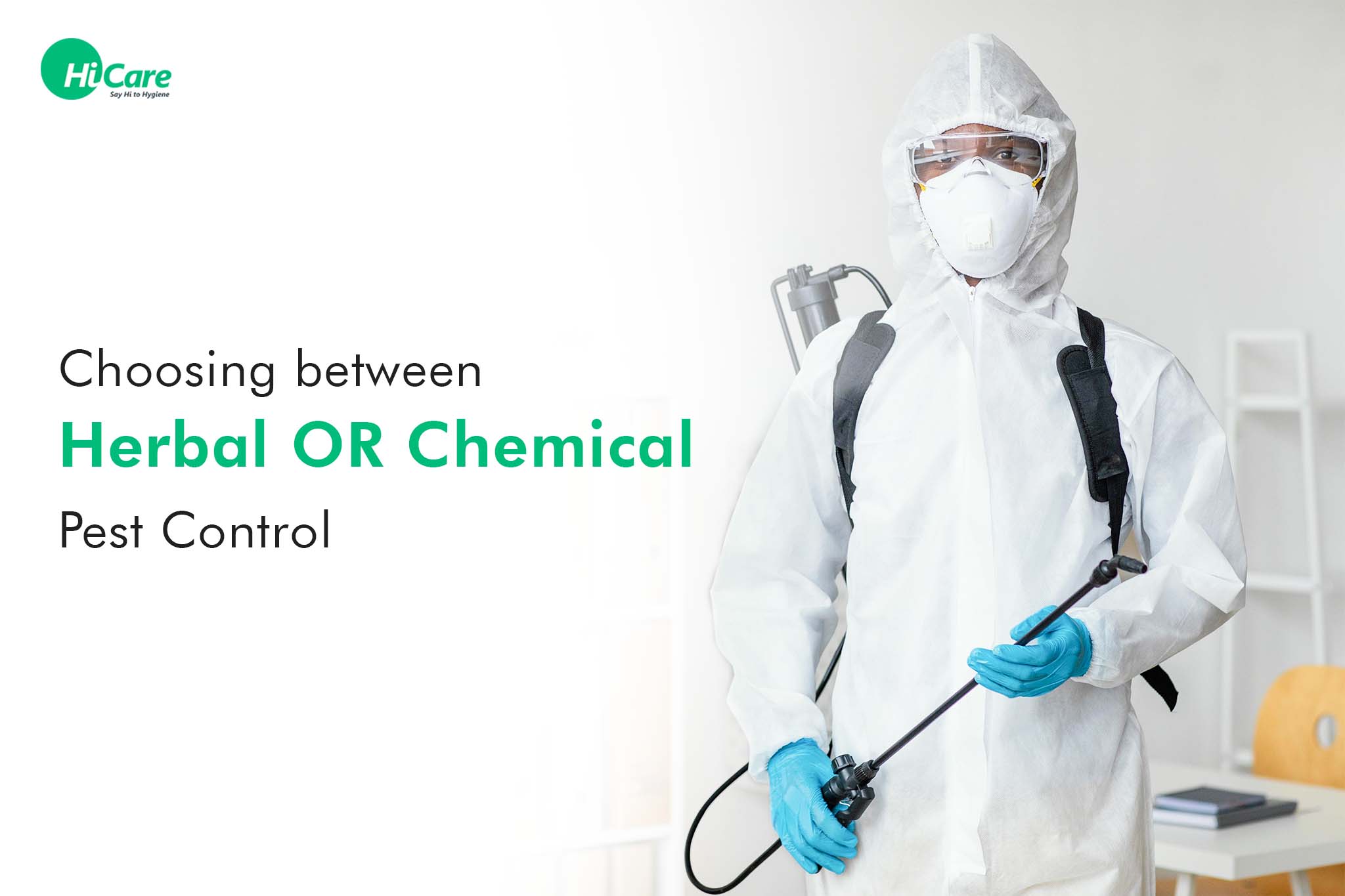Bed Insect Therapy Breakdown: Contrasting Chemical Vs. Non-Chemical Solutions
In the realm of insect control, specifically when dealing with the persistent concern of bed insects, the option between chemical and non-chemical treatment services can be a pivotal one. Both techniques offer distinctive benefits and disadvantages, affecting aspects such as efficiency, safety factors to consider, and overall cost. By taking a look at the nuanced information of each method, a clearer understanding of which course to pursue in attending to a bed bug invasion can be acquired.
Performance of Chemical Therapies
Chemical treatments for bed bug infestations have been extensively identified for their potent and rapid efficiency in getting rid of these parasites. When considering the effectiveness of chemical therapies, it is crucial to recognize that they can provide a quick and detailed solution to a bed insect problem.
Moreover, chemical therapies have the benefit of providing recurring results, implying that they can remain to get rid of bed pests even after the preliminary application. This residual activity is specifically helpful in combating any kind of prospective re-infestations. In addition, the quick activity of chemical treatments can bring alleviation to individuals encountering serious bed pest problems, enabling them to reclaim control of their space promptly.
Safety Worries With Chemical Solutions
One important element that requires cautious consideration when using chemical remedies for bed bug therapy is guaranteeing the safety of passengers and the atmosphere. Exposure to certain chemicals used in bed pest therapies can lead to respiratory system issues, skin irritation, or various other unfavorable reactions, particularly in people with pre-existing problems or sensitivities.
Additionally, the environmental effect of chemical options is another substantial factor to consider. Some pesticides made use of in bed insect treatments might be dangerous to beneficial insects, wild animals, and ecosystems if they leach into the soil or water systems. It is important to use chemical treatments deliberately, following security guidelines, and thinking about less toxic choices to minimize these dangers and guarantee the efficient and risk-free monitoring of bed pest invasions.
Benefits of Non-Chemical Techniques
Taking into consideration the prospective safety concerns and environmental effect linked with chemical remedies for bed bug therapy, checking out non-chemical strategies provides an encouraging option with numerous distinctive advantages. Non-chemical therapies are ecologically friendly, as they do not add to air or water pollution, making them a sustainable choice for parasite control.
Furthermore, non-chemical solutions can be efficient in targeting bed insects, consisting of hard-to-reach locations where chemical treatments may not penetrate - A1 charlotte bed bug exterminator. Techniques such as warmth treatment, vacuuming, vapor cleansing, and bed mattress coverings provide thorough elimination without the usage of harmful chemicals.
Limitations of Non-Chemical Treatments

Furthermore, non-chemical therapies typically require multiple applications to achieve successful eradication. This can be time-consuming and may not constantly assure complete elimination of all bed pests and their eggs, particularly in hidden or hard-to-reach locations.
In addition, the success of non-chemical treatments greatly depends on appropriate execution and thoroughness, which can be testing for individuals without specialist competence. Poor application of non-chemical approaches might lead to incomplete elimination, leading to consistent infestations and the requirement for extra treatments.
Consequently, while non-chemical therapies have their benefits, it is vital to recognize these restrictions and consider them when establishing one of the most effective approach for managing bed bug problems.
Price Contrast: Chemical Vs. Non-Chemical Options
Offered the constraints linked with non-chemical therapies, an essential facet to examine in the context of bed insect administration is the expense comparison in between chemical and bed bug exterminator cost non-chemical choices. In contrast, non-chemical therapies like heat treatment or vapor can be much more pricey, with costs ranging from $1,000 to $6,000 for a whole home. While the initial expense of chemical therapies may appear reduced, multiple therapies may be called for to completely get rid of the infestation, possibly raising the overall expense.
Verdict

Considering the possible safety problems and environmental effect associated with chemical options for bed insect therapy, checking out non-chemical approaches provides an encouraging alternative with a number of unique advantages.Given the limitations connected with non-chemical therapies, an important facet to review in the context of bed bug administration is the expense contrast between chemical and non-chemical choices. In comparison, non-chemical therapies like warm treatment or vapor can be a lot more costly, with prices ranging from $1,000 to $6,000 for a whole home. While the preliminary cost of chemical therapies may seem lower, numerous treatments might be called for to completely eradicate the invasion, possibly increasing the general cost.In conclusion, when contrasting chemical and non-chemical find this bed pest therapy alternatives, it is important to think about effectiveness, safety and security, advantages, constraints, and expense.